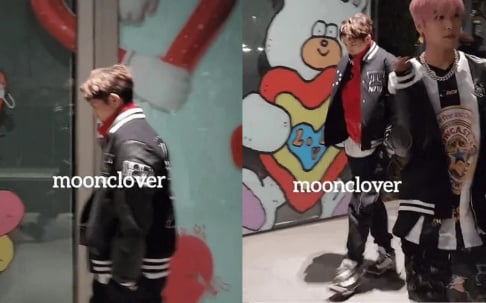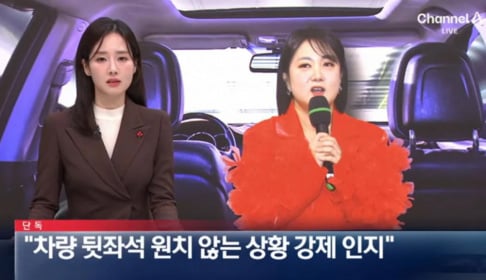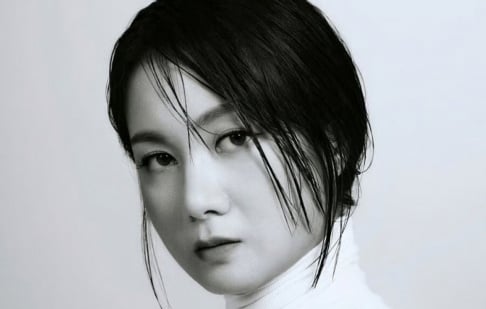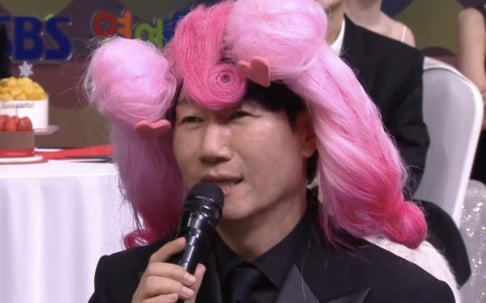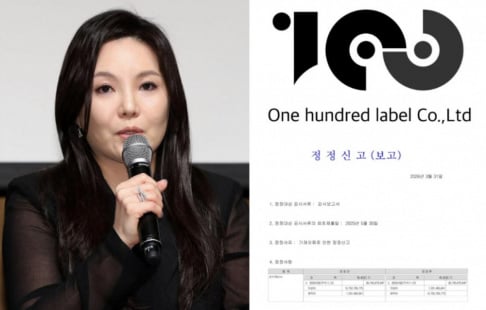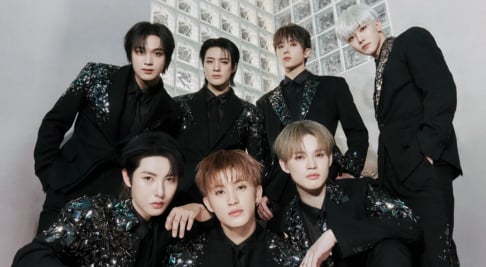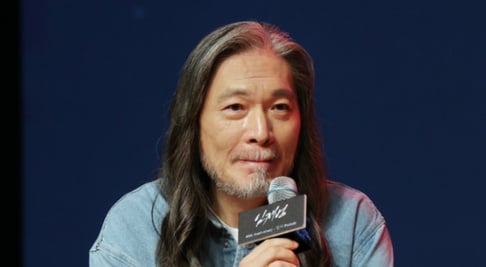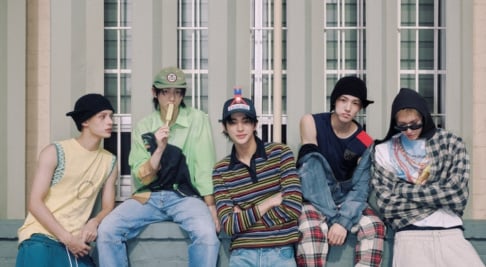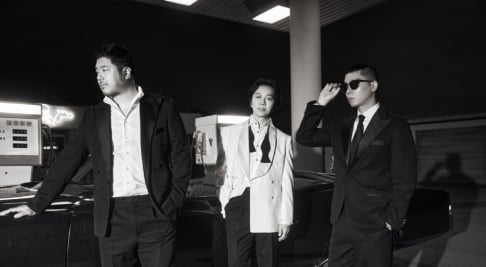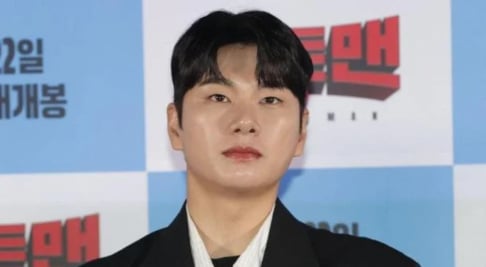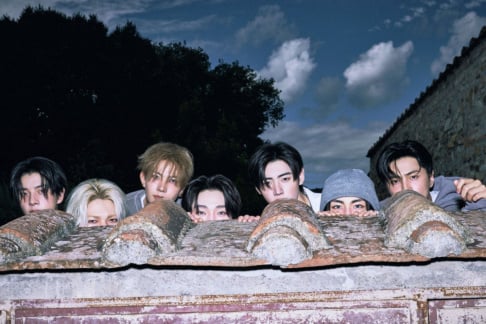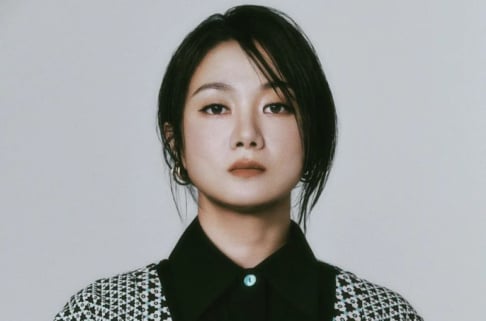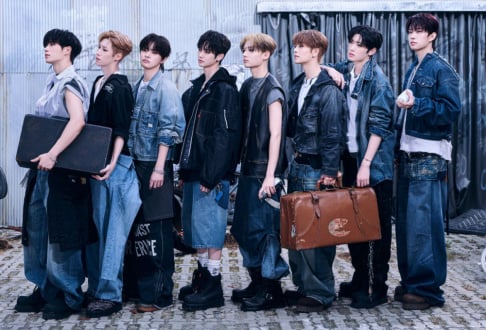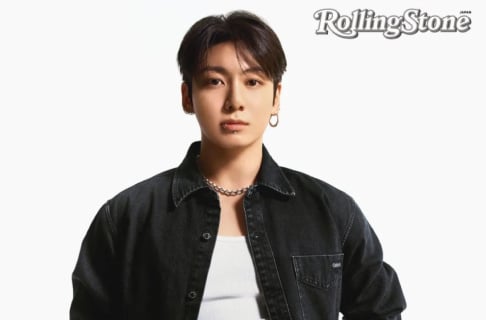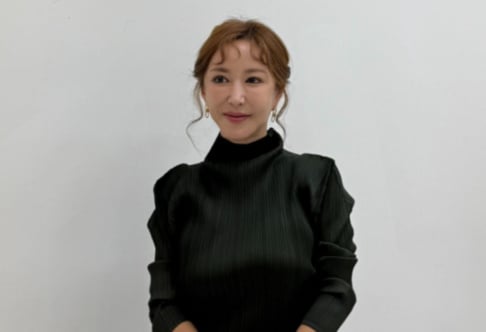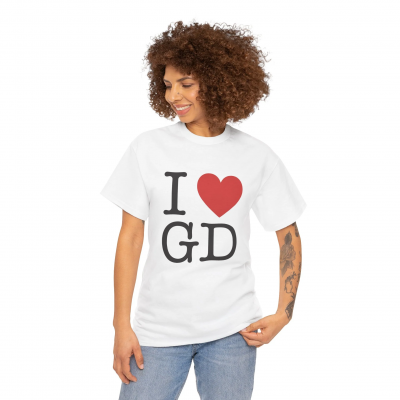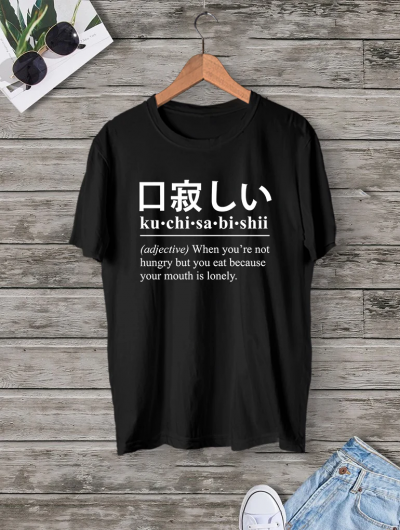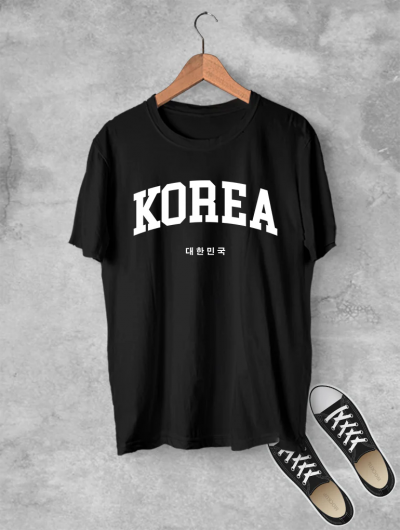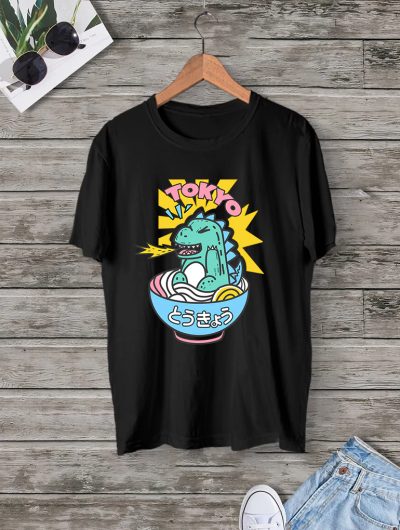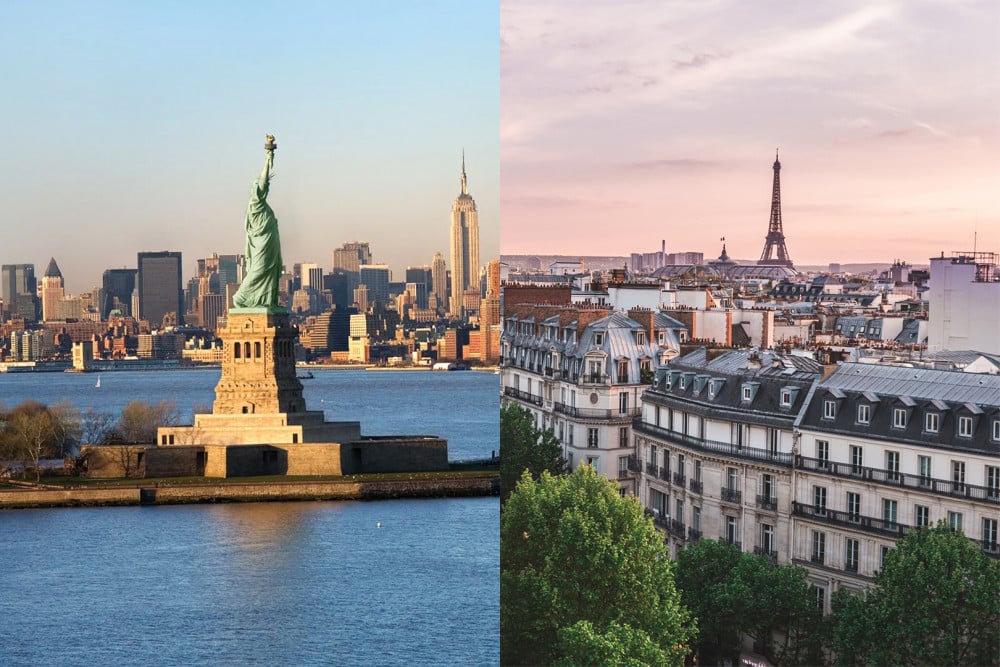
In celebration of its 20th anniversary, Gallup Korea conducted surveys to revisit some of the same questions asked back in 2024.
Conducted between March 22 and April 5, 2024, the surveys used stratified cluster proportional probability sampling. It included 1,777 participants aged 13 and older, with a margin of error of ±2.3 percentage points at a 95% confidence level. Out of 6,416 contacted, 27.7% (1,777 people) responded. People all across South Korea were contacted, except from people on Jeju Island.
Favorite Country
When asked, "Which foreign country is your favorite?" the United States topped the list with 18% of the vote. Switzerland came in second at 11%, followed by a tie for third place between Australia and France at 9%. The UK and Canada tied for fifth at 6%.
In total, Koreans' top 10 favorite foreign countries were the USA (18%), Switzerland (11%), Australia and France (both 9%), the UK and Canada (both 6%), Japan (5%), Italy (4%), New Zealand (3.4%), and Spain (2.6%). Other countries with over 1% of responses included Sri Lanka (2.2%), Vietnam (1.6%), Thailand and the Netherlands (both 1.5%), Germany (1.3%), and Denmark and Sweden (both 1%).
The survey also revealed differences by age group. The USA was particularly favored by teens and those over 60, with over 20% from these groups choosing it. Among people in their 30s to 50s, preferences were more balanced across the top four countries (USA, Switzerland, Australia, and France), with each receiving around 10%. Switzerland was especially popular among women in their 30s, France among younger women in their teens and 20s, and the UK among men aged 10 to 30.
Interestingly, the USA has consistently been the top choice in four surveys since 2004. Australia, once nearly as popular as the USA (15.3% in 2004), has seen a steady decline, sharing third place with France in 2024 at 9%, while Switzerland has risen to second place.

City you most want to visit
When asked, "Which foreign city do you most want to visit?" Paris topped the list with 9% of the vote. New York followed with 7%, London came in third at 6%, and Sydney ranked fourth with 4%. Notably, four U.S. cities made it into the top 10.
The top 10 foreign cities Koreans most want to visit were Paris (9%), New York (7%), London (6%), Sydney (4%), Honolulu (2.3%), Tokyo and Los Angeles (both 2.1%), Rome and Washington D.C. (both 1.9%), and Singapore (1.7%). The inclusion of four U.S. cities highlights the strong global influence of the United States.
Other cities receiving over 1% of responses included Prague (1.5%), Vancouver, and Madrid (both 1.0%). About 30% of respondents mentioned over 140 cities that individually received less than 1% of the vote. Additionally, some of the participants named countries rather than specific cities: Switzerland (5%), Australia (4%), the USA and Canada (both 3%), New Zealand (2.3%), France (2.0%), Japan (1.7%), Italy (1.2%), and the UK (1.1%).
Since 2004, Paris has consistently been the city Koreans most wish to visit. However, Sydney, which was almost as popular as Paris 20 years ago, has seen a decline in interest, dropping from 10.5% in 2004 to 4% in 2024. This trend mirrors the decreasing popularity of Australia as a favorite country.
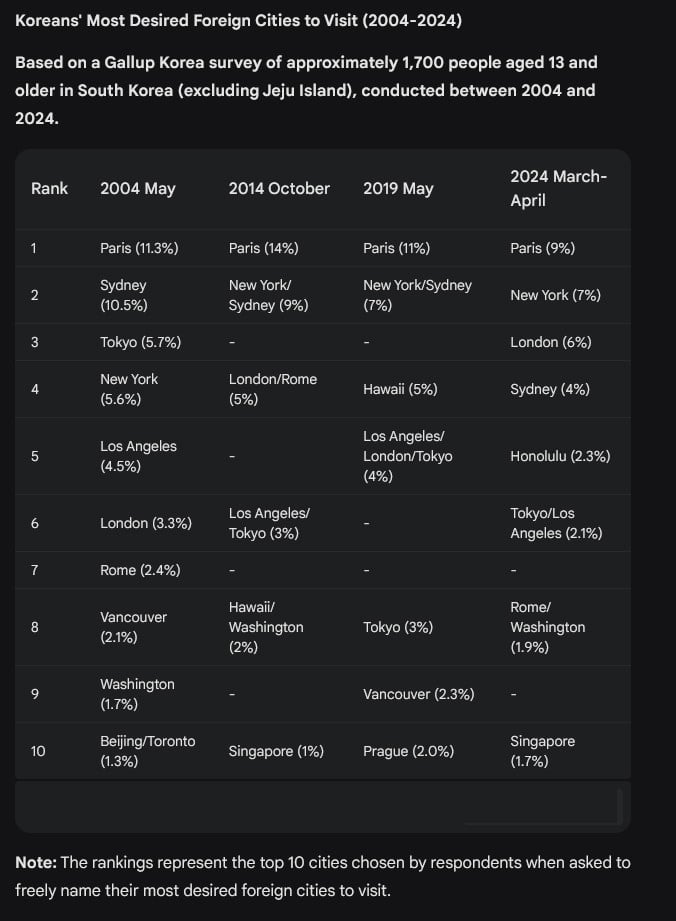
Favorite Clothing Color
When asked, "What is your favorite clothing color?" Black emerged as the top choice, with 26% of the vote. White followed with 11%, and blue came in third at 9%. Overall, women showed a preference for a wider variety of colors.
Historically, Koreans were known for wearing white, earning the nickname "the people of white clothes." However, by 2024, the most popular clothing color across all seasons is black (26%). White is the second most popular choice (11%), followed by blue (9%), gray (6.8%), navy (6.2%), pink (6.0%), beige (4.5%), red and green (both 4.4%), brown (4.0%), yellow and purple (both 3.8%), sky blue (2.7%), and ivory (1.5%).
Black is the dominant choice among most demographic groups, particularly among men, with 34% favoring it compared to 17% of women. Men in their teens to 30s show an even stronger preference, with around 40% choosing black. For men, four colors—black, blue, gray, and navy—make up 67% of preferences, while for women, these same colors account for only 27%. Women tend to prefer brighter, more diverse colors like pink, red, beige, yellow, and purple.
In surveys conducted over the past 20 years, black and white have consistently been the top two choices. Preferences for pink and red have declined, while more muted tones like beige and brown have entered the top 10 for the first time. It's important to note that the survey focused specifically on "clothing colors," not general color preferences. Darker clothing is often seen as more practical for daily wear, as it is less prone to staining and fading and offers a slimming effect compared to lighter colors.
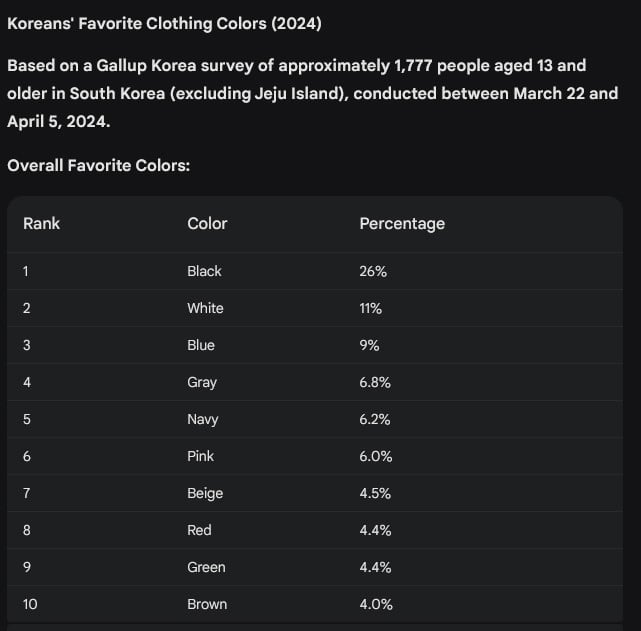

Favorite job
When asked about their "favorite occupation," the profession of Doctor came out on top, with 16% of respondents choosing it. There has been a significant decline in the preference for "government employee," which dropped from 25% in 2019 to 13% in 2024.
This marks the final set of data from the 2024 survey on "50 Things Koreans Like." Among 1,777 participants aged 13 and older, the most favored occupation (open-ended responses) is "doctor" (16%), followed by "government employee" (13%), "teacher" (7%), "celebrity" (5.3%), "lawyer" (5.2%), "small business owner" (3.6%), "university professor" (3.4%), "businessperson" (3.2%), "office worker" (2.6%), and both "engineer" and "pharmacist" (2.3%).
Other jobs receiving 1% or more of the vote include "prosecutor" and "member of parliament/politician" (both 2.0%), "YouTuber" (1.9%), "accountant" (1.7%), "judge" (1.6%), "IT developer/programmer" (1.5%), "athlete" (1.4%), and "landlord" (1.1%).
The preference for doctors is fairly consistent across all age groups. However, the preference for government employees increases with age, with fewer than 10% of respondents under 30 choosing it, compared to 21% among those aged 60 and older. Celebrities, meanwhile, are particularly popular among teenage girls (17%). In the top career choices for teens and young adults, YouTuber and athlete join celebrity as favorites.
This is the first time "doctor" has claimed the top spot, with its popularity doubling over the past five years (from 8% in 2019 to 16% in 2024). Over the same period, preference for government employees has halved, dropping from 25% to 13%, losing the number one position it held since 2004. The popularity of teachers (14% in 2004, now 7%) and small business owners (10% to 3.6%) has also declined, while celebrities, which entered the top 10 in 2014, continue to rise.
According to the Ministry of Personnel Management, the competition rate for the 9th-grade national civil service exam has decreased from 37.2:1 in 2020 to 21.8:1 in 2024. Meanwhile, next year's medical school enrollment quota is set to increase from around 3,000 to over 4,500 students.
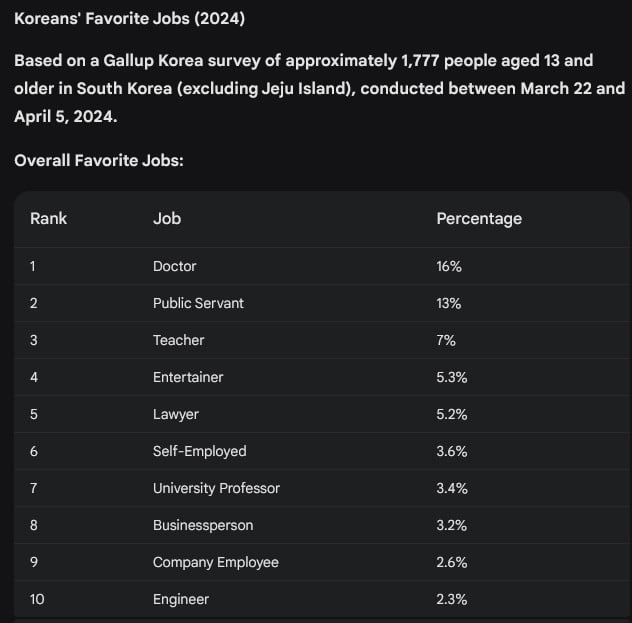

Korean city you most want to live in
When asked, "Which Korean city do you most want to live in?" Seoul came out on top, with 27% of the vote.
Since 2014, the preference for Seoul has strengthened, while the "Jeju Craze" has faded.
According to a Gallup Korea survey conducted from March 22 to April 5, 2024, among 1,777 people aged 13 and older (excluding Jeju), Seoul was the most desired city to live in, with 27% of open-ended responses. Busan followed with 11%, Jeju came in third at 8%, and Daejeon (3.2%), Incheon (2.6%), Daegu (2.5%), Gangneung (2.1%), Jeonju (2.0%), Chuncheon, and Gwangju (both 1.9%) rounded out the top 10.
Other cities receiving more than 1% of responses included Sejong (1.7%), Namyangju, Seongnam/Bundang/Pangyo, and Hwaseong/Dongtan (all 1.3%), Ulsan, Pohang, Yeosu, Suncheon, Suwon/Gwanggyo (all 1.1%), and Sokcho (1.0%). The regional distribution of the respondents was 19% from Seoul, 33% from Incheon/Gyeonggi, and smaller percentages from other regions, excluding Jeju.
Seoul, South Korea's capital, is home to the largest population of any city in the country and is a hub for major cultural, academic, and corporate institutions. After a drop from 22% in 2004 to 16% in 2014, Seoul’s popularity rose to 21% in 2019 and 27% in 2024. This resurgence is largely driven by residents of the Seoul metropolitan area. Among Seoul residents, those choosing Seoul as their preferred city to live in increased from 26% in 2014 to 49% in 2024. Similarly, preference for Seoul among Incheon/Gyeonggi residents rose from 15% in 2014 to 28% in 2024.
The data also indicate a growing trend toward centralization in Seoul and a depopulation of provincial areas. Younger people show a particularly strong preference for living in Seoul, with 57% of teens and 41% of people in their 20s favoring the city, compared to a lower preference among those over 50. This trend has become more pronounced compared to five years ago.
Busan, South Korea's largest port city, lost its second-place spot to Jeju in 2014 but regained it in 2019. With attractions like Haeundae Beach, the world's largest department store, and its thriving film festival, Busan continues to draw interest for its unique charm.
Jeju, once a hotspot for tourism and new residents, saw a decline in popularity following the government's decision to deploy the THAAD missile defense system in 2016, which led to a drop in Chinese tourism. Jeju’s net population growth, which had been rising since 2010, began to fall in 2018, and its preference rating, which nearly rivaled Seoul at 13% in 2014, has continued to decline.
Among the top 10 cities, six are large metropolitan areas, while Jeju, Gangneung, Jeonju, and Chuncheon are smaller cities with significantly higher interest than their current populations would suggest. Over the past 20 years, cities like Cheongju, Bundang (Seongnam), Ilsan (Goyang), Gyeongju, and Suwon have also appeared in the top 10 in various surveys.
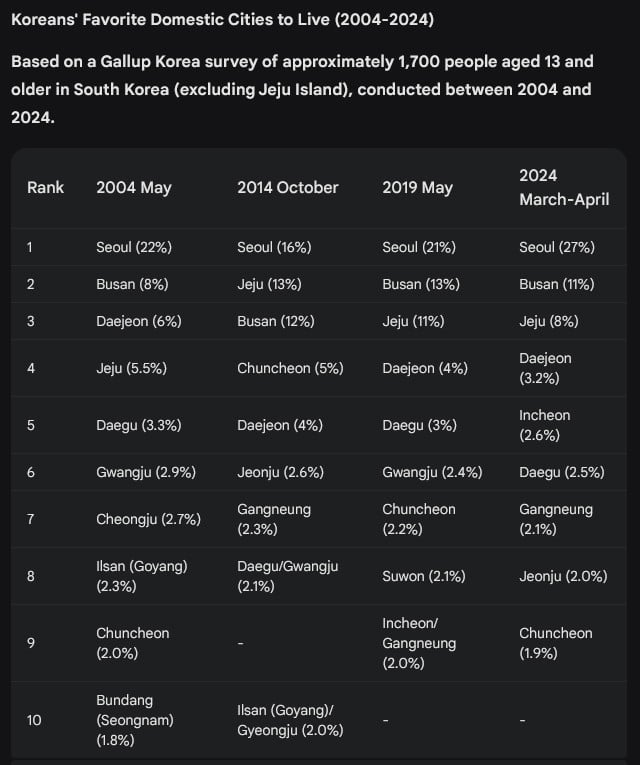
SEE ALSO: 1MILLION's Lia Kim and Choi Young Jun spark marriage rumors with sudden wedding photos
 SHARE
SHARE

